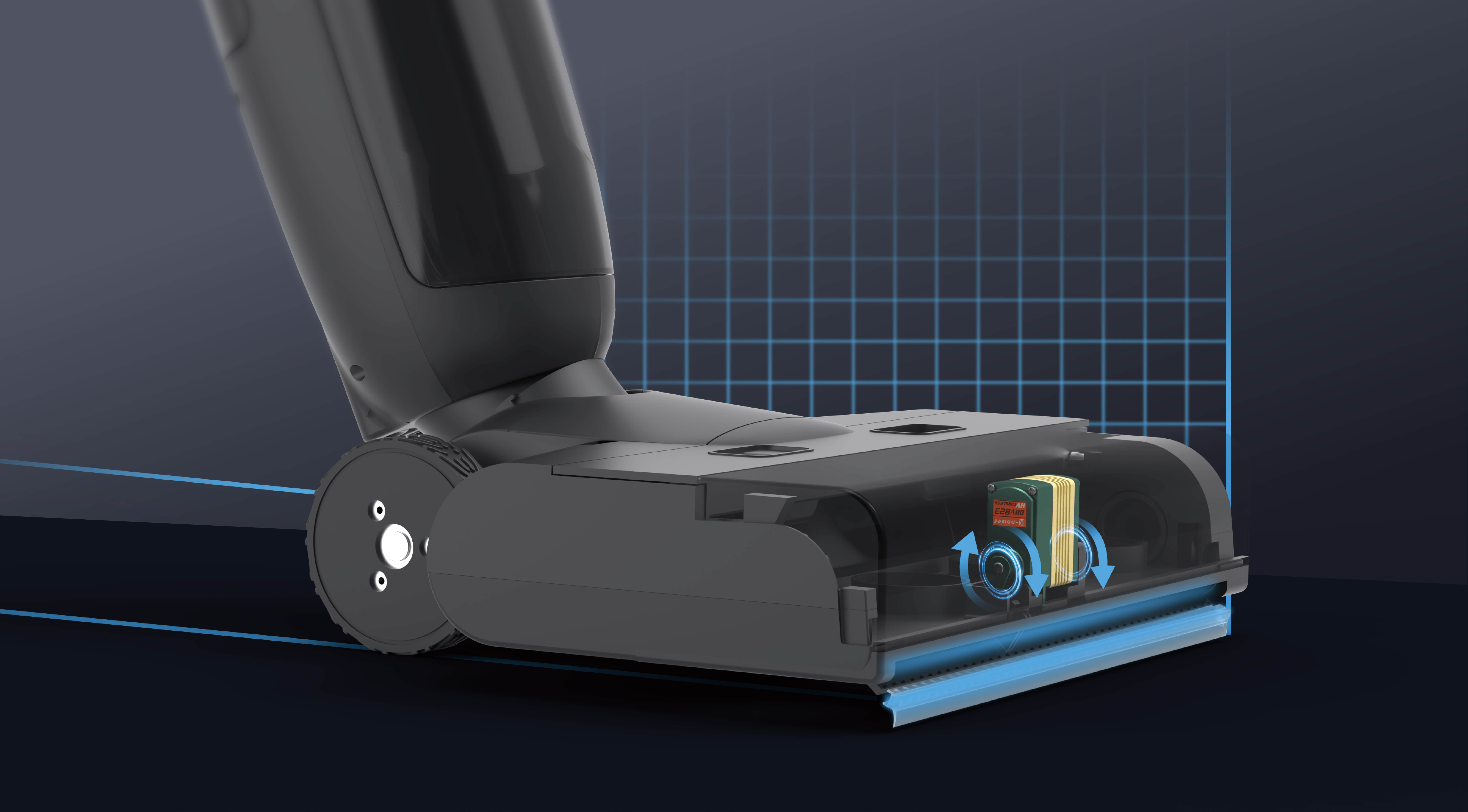In the vast and exhilarating universe of RC (radio-controlled) vehicles, one of the unsung heroes behind impeccable performance is the humble yet mighty RC servo control arm. Whether you're a seasoned RC enthusiast, a competitive racer, or a casual hobbyist, understanding the significance of servo control arms can be transformative in your quest for control, speed, and reliability.

What Are RC Servo Control Arms?
At its core, the RC servo control arm, often called a servo horn, is a vital component connecting your servo motor to the steering mechanism or other moving parts in your RC vehicle. Think of it as the lever that translates the heart of your servo into tangible movement — steering the wheels, shifting gears, or operating various other control surfaces.
These arms come in various shapes, sizes, and materials, each designed to serve specific functions and accommodate different types of vehicles and applications. The primary purpose remains consistent: to transfer torque efficiently from the servo to the mechanical parts, allowing precise and responsive movements.
The Anatomy of a Servo Control Arm
Understanding the anatomy of a control arm can help you choose the perfect fit for your needs:
Material: Usually made from nylon, aluminum, carbon fiber, or composite materials. Each offers different benefits such as strength, weight, and durability.
Mounting Hole: This is where the arm attaches to the servo splines. The compatibility of mounting holes with your servo’s spline pattern is crucial.
Control Arm Length: The length influences the leverage and, consequently, the torque and speed of movement. Shorter arms give quicker response but less torque, while longer arms provide increased leverage for heavier loads but slower response.
Connection Points: The control arms have various holes or fittings to attach linkage rods or pushrods, translating the servo's movement to the mechanical parts.
Why the Material Matters
Picking the right material for your RC servo control arm is more than just aesthetics; it's about performance and longevity:
Nylon & Plastic: Cost-effective and lightweight, ideal for casual or beginner hobbyists. However, they can sometimes strip or break under heavy loads or aggressive driving.
Aluminum: Offers a perfect balance of strength, weight, and durability. Aluminum arms are less likely to deform or break during intense operation, making them popular among intermediate and advanced users.
Carbon Fiber: Known for their exceptional strength-to-weight ratio and stiffness, carbon fiber control arms are favored in high-performance racing. They withstand extreme stresses and provide precise control with minimal flex.
Customization and Upgrade Possibilities
The beauty of RC hobbyist culture lies in customization. Upgrading to high-quality control arms can dramatically improve the vehicle's handling. Some popular modifications include:
Swapping nylon arms for aluminum or carbon fiber variants for durability.
Adjusting arm length to fine-tune steering response and torque.
Using adjustable control arms that allow for camber and toe adjustments, crucial for racing setups.
The Role of Control Arms in RC Vehicle Performance
Without well-designed control arms, even the most powerful servo motors can’t deliver their full potential. These components influence:
Steering Precision: A sturdy, well-fitted control arm ensures the servo's commands translate accurately into wheel movements, vital for tight turns and high-speed maneuvers.
Durability: Off-road RC vehicles face jumps, rough terrain, and crashes, which can stress the control arms. Materials like aluminum or carbon fiber are advantageous here.
Response Time: The length and stiffness of the control arms affect how quickly your vehicle responds to input – essential for competitive racing.
Selecting the Right Control Arm for Your RC Build
When choosing control arms, consider:
Type of Vehicle and Usage: Different RC models (buggy, truck, crawler, on-road) have varying demands.
Driving Style: Aggressive bashing, racing, or casual driving will dictate the required strength and flexibility.
Budget: While premium materials offer better performance, they come at higher costs. Balance your needs with your budget.
Compatibility: Measure existing parts carefully to ensure the control arms will fit your servo and linkage system.
Established in 2005, Kpower has been dedicated to a professional compact motion unit manufacturer, headquartered in Dongguan, Guangdong Province, China.




































